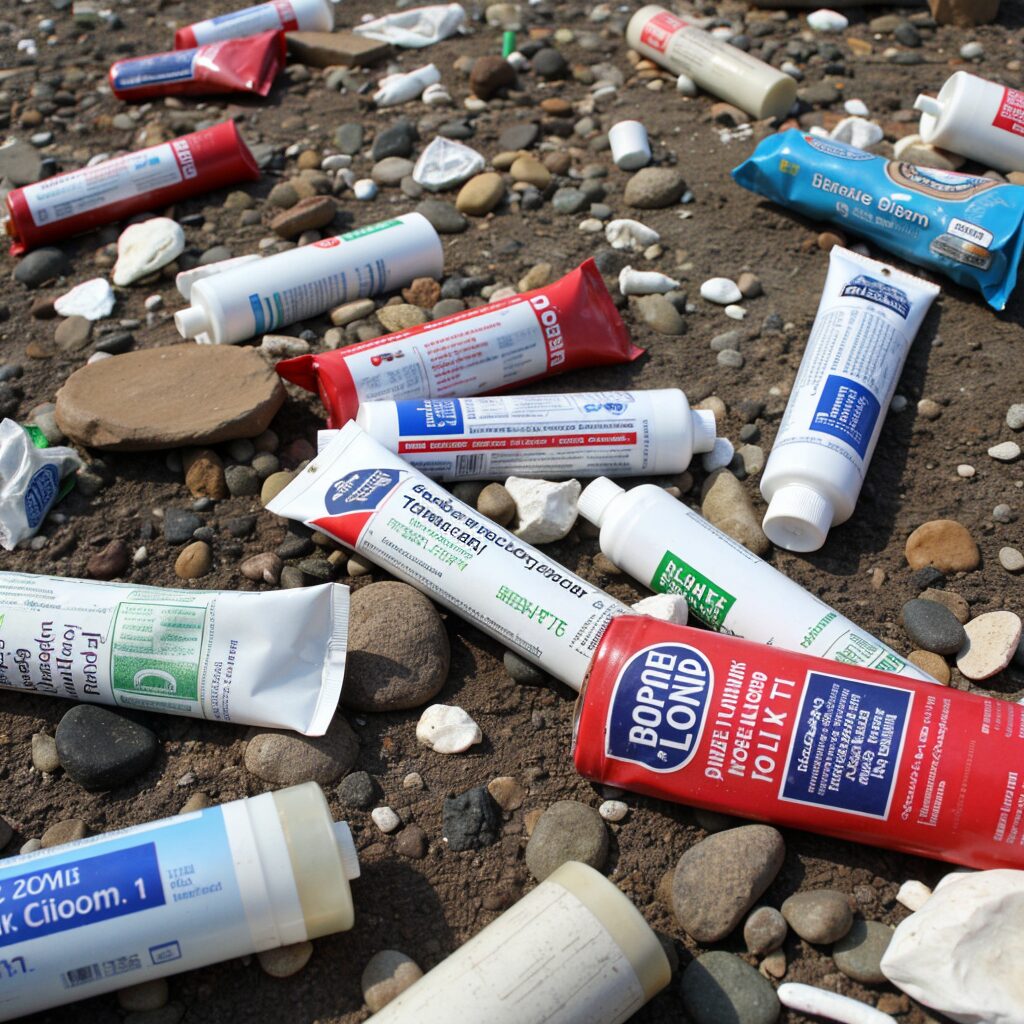Silicone sealants are widely valued for their flexibility, durability, and resistance to water and extreme temperatures, making them a go-to product for construction, automotive, and DIY projects. However, as with any manufactured product, their environmental impact—spanning production, use, and disposal—requires careful attention.
This blog explores the ecological footprint of silicone sealants and provides actionable steps for more sustainable use. We’ll also showcase some of the best eco-conscious products available in our shop.
💡 Related Blog: Learn how silicone sealants perform in versatile applications in The Essential Guide to Silicone Sealants in Everyday Projects.
Understanding the Environmental Impact
1. Production and Raw Materials
Silicone sealants are made using silica, a material derived from sand. Although silica itself is abundant, the process of refining it into silicone involves high energy consumption and chemical processing, contributing to carbon emissions and resource depletion.
- Tip for Sustainability: Look for products manufactured by companies committed to sustainable practices and renewable energy use.
💡 Related Blog: Curious about the science behind silicone sealants? Read The Science Behind Silicone Sealants: How They Work.
2. Usage and Application
While silicone sealants are highly effective, improper application can result in unnecessary waste. Over-application, for example, often leads to wastage that ends up in landfills, where it persists indefinitely.
- Tip for Sustainability: Use tools like caulking guns for precise application and ensure the sealant is applied only where it is needed.
💡 Related Blog: Avoid common mistakes by reading Applying Silicone Sealant Mistakes You Shouldn’t Make.
3. Disposal Challenges
Once cured, silicone sealants are non-biodegradable, meaning they don’t break down naturally. Improper disposal, such as throwing unused product in household waste, can contribute to landfill overflow.
- Tip for Sustainability: Always dispose of sealant tubes according to local recycling or hazardous waste disposal guidelines.
💡 Related Blog: If you’re removing old sealant, follow the steps outlined in How to Remove Silicone Sealant Safely.
Eco-Friendly Products Available
Switching to high-quality, durable products reduces waste and ensures long-lasting results. Here are eco-conscious products you can choose from our shop:
1. AutoStar Germany Multi-Purpose Silicone Sealant
This versatile sealant is perfect for various home and industrial applications. Its durability ensures fewer reapplications, reducing material waste over time.
- Applications: Bathrooms, kitchens, windows, and doors.
- Eco-Benefit: Multi-purpose use minimizes the need for multiple products, reducing overall waste.
2. AutoStar Germany Windscreen Glass Sealant (310ml)
Specifically designed for automotive applications, this high-strength sealant ensures long-lasting windshield bonding while resisting extreme weather conditions.
- Applications: Automotive windscreen bonding, sealing car windows, and other vehicle repairs.
- Eco-Benefit: High durability reduces the frequency of repairs and sealant use.
💡 Related Blog: Read Adhesives in Automotive Repairs to discover why this sealant is a trusted choice for car maintenance.
3. OPTIMUS Waterproof Silicone Sealant
Engineered for waterproofing applications, this product is mold-resistant and perfect for areas exposed to moisture, such as bathrooms and kitchens.
- Applications: Sealing bathtubs, sinks, shower enclosures, and countertops.
- Eco-Benefit: Long-lasting waterproof performance eliminates the need for frequent reapplications.
💡 Related Blog: Need waterproofing tips? Check out Weatherproofing with Silicone Sealants: Tips for Success.
Sustainable Usage Tips
1. Buy Only What You Need
Calculate how much sealant you’ll need before starting your project to avoid over-purchasing.
💡 Related Blog: Unsure which product to buy? Read How to Choose the Best Silicone Sealant for Any Project.
2. Store Unused Sealant Properly
Partially used sealant tubes often go to waste due to improper storage. Seal the nozzle tightly and store in a cool, dry place to extend their usability.
💡 Related Blog: Learn storage techniques in How to Maintain and Extend the Life of Silicone Sealant.
3. Use Precision Tools for Application
Invest in a high-quality caulking gun to ensure clean and efficient application, which reduces waste.
💡 Related Blog: Follow step-by-step application techniques in Pro Tips for Applying Silicone Sealant.
FAQs
Q1: Are silicone sealants biodegradable?
No, silicone sealants are not biodegradable. However, products like OPTIMUS Waterproof Silicone Sealant are long-lasting, reducing the need for frequent replacements.
Q2: How should I dispose of unused silicone sealants?
Follow local hazardous waste disposal guidelines to ensure proper handling.
Q3: Which sealant is ideal for versatile home projects?
The AutoStar Germany Multi-Purpose Silicone Sealant is a reliable choice for a range of uses.
Q4: What’s the best option for automotive projects?
For car windshields and windows, the AutoStar Germany Windscreen Glass Sealant (310ml) provides durable and weather-resistant bonding.
Conclusion
Silicone sealants are essential for construction, automotive, and DIY projects, but their environmental impact needs attention. By selecting eco-friendly products like OPTIMUS Waterproof Silicone Sealant, adopting sustainable practices, and properly disposing of waste, we can significantly reduce their footprint.
💡 Call-to-Action: Ready to start your next project? Visit our shop to explore our premium silicone sealants and make a sustainable choice today!

Leave a comment
Your email address will not be published. Required fields are marked *